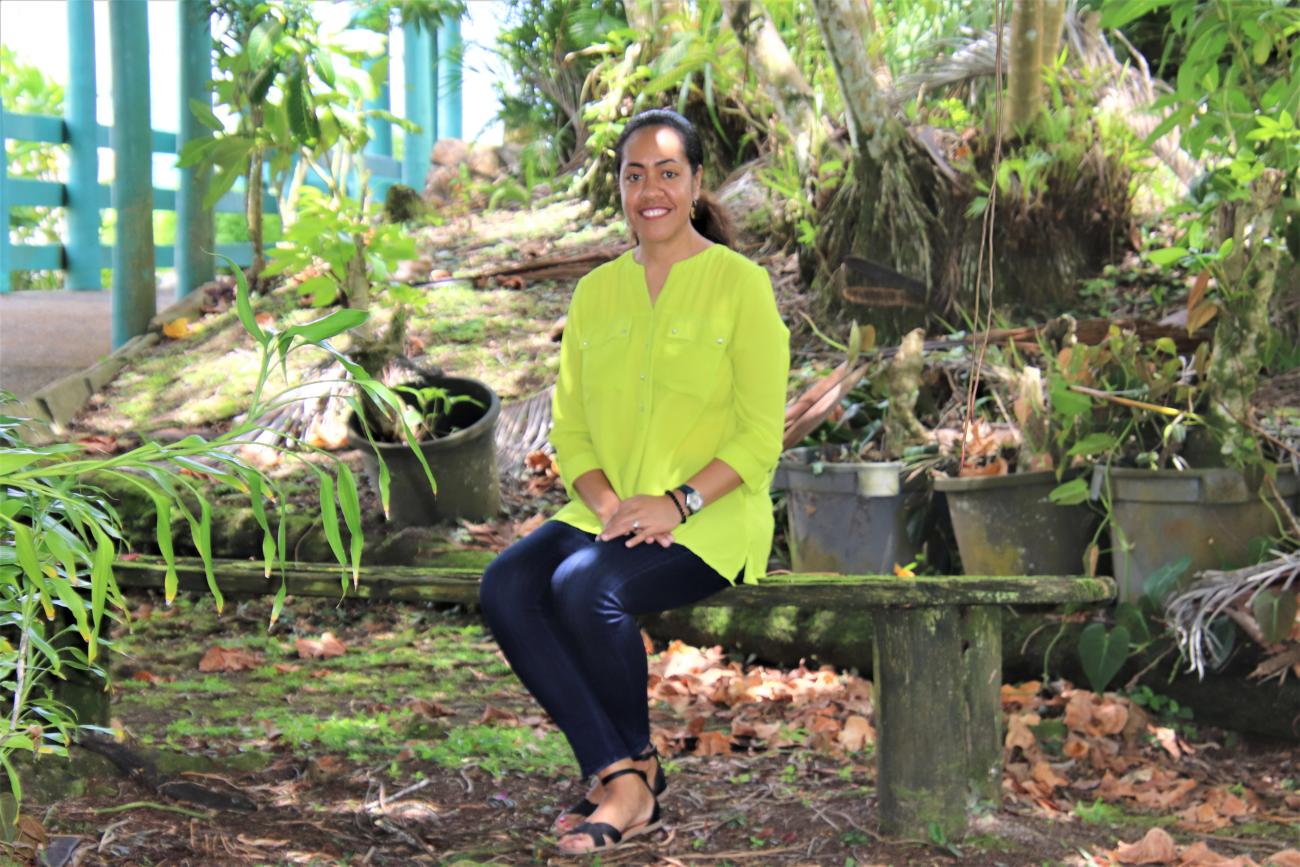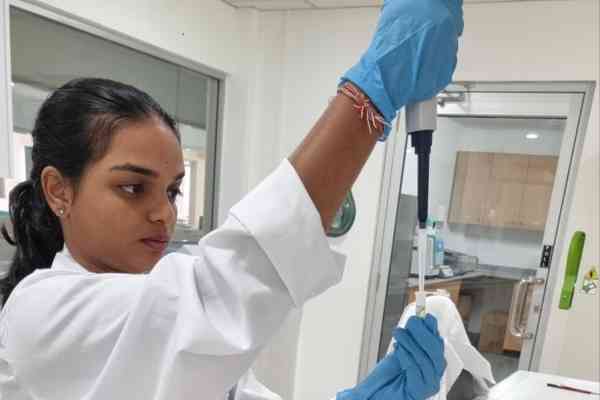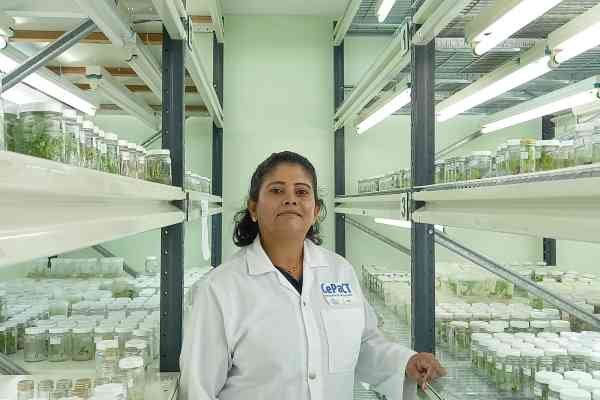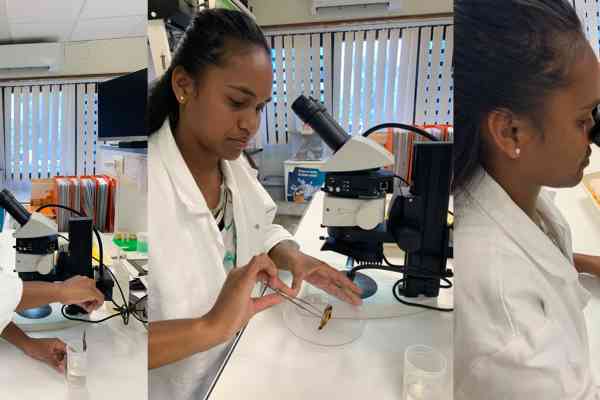
1. Could you briefly describe your academic or professional background and how it has led you to pursue this research opportunity?
My university background was in Geography and Land Management. Geography is the study of humans and their interaction with their environment in a certain space/time. There are three disciplines in Geography: Physical (Biogeography), Human Geography and Geospatial. I did my Bachelor’s Degree and Post Graduate Diploma in Geography/Land Management at the University of the South Pacific followed by a Masters in Geography at Katholieke Universiteit Leuven, Belgium. Irecently graduated from a fellowship programme, Meryl Williams Fellowship from the University of New England (Australia) a leadership programme for professional women in agriculture in the Asia-Pacific region.
2. Can you tell me about your research project? What inspired you to pursue it, and what are your main objectives or goals?
The current research that we’re working on under the Sustainable Forest and Landscape Management Programme is aPacific Community (SPC) collaboration with the Fiji National University. We are looking at native agroforestry tree species for forest and landscape restoration. This research will assess selected native timber, fruit and nut, fodder, fuelwood, medicinal and handicraft tree species suitable for agroforestry-based forest and landscape restoration.
The outcomes of this study will provide key information on the germination behaviour, storage requirements, and growth performance of selected native agroforestry species for guiding future restoration projects in Fiji and the Pacific. There has been a gap in restoration programmes, that is, we don’t look at the seed supply needed for reforestation or rehabilitation programmes as we are mostly focused on seedlings. This research will help us understand the cyclical biological events of trees as a seed source and how seed processing contributes to seed viability.
3. What specific challenges or obstacles have you faced during your research, and how have you overcome them?
Getting the right tools and equipment on time for the germination and seed processing work is a constant challenge. I have been working with our Genetic Resources work pillar team to access their lab materials to support this research.
Coming up with the relevant research methodologies to meet research objectives is also a challenge. Here, I have worked closely with SPC colleagues to formulate outcomes and worked on the ‘methods’ needed to achieve this.
And finally, there is the timing for seed collection. We need to work according to the fruiting cycle of trees and not our own time when it comes to seed collection, so finding the right time to go out to the field without hindering other work progress may be an issue. I use time management methods and a workplan that fits in with the maturing stage of selected species.

4. In what ways has your research enhanced your personal and professional development?
It has been a while since I have carried out research experiments as my work has mostly dealt with project implementation/coordination and policy/strategy areas. This research will be able to provide us with first-hand information on germination mediums, best seed storage and drying methods, and validation of recalcitrant and orthodox seeds that will enable us to best advise our member countries when it comes to processes in landscape restoration and rehabilitation, from the source (trees) to the lab, nursery and field.
5. Are there any specific skills or knowledge areas that you have gained or improved upon?
There are three that come to mind: tree seeds (processing, storage, germination), deriving research methodologies for research outcomes and experimental designs.
6. Could you shed some light on the organisations or institutions that have played a part in supporting your journey?
SPC has been my foundation, through the support of the Programme Head of the Sustainable Forest and Landscape Management programme who has allowed me to carry out research work and fellowship programmes as part, and in support of, my work. The Director and Deputy Director of SPC-LRD have also supported my Agroforestry research through the Pacific Regional Research Agenda funding. Additionally, I have been supported by the Meryl Williams Fellowship programme, through the University of New England (UNE) and ACIAR, who provided the necessary skills in research and leadership work and the network in Agriculture and Forestry.
7. Lastly, is there anything else you would like to add or any advice you would give to other students or aspiring researchers that may be interested in similar areas of study?
When it comes to scientific research you must get out of your comfort zone and find the right advisors that will assist you with answering research questions that need solutions. Advisors come in many forms – your colleagues, a professor, a scientist, a farmer – and it is your job as a researcher to work with them and find out the best fitting system or methodology to prove or disprove your research question. Never give up when your experiments fail – this is all part and parcel of research as all data, whether good or not so good, contributes to your research write-up and coming up with the best solution to a research problem. Remember: all research data is good data.



